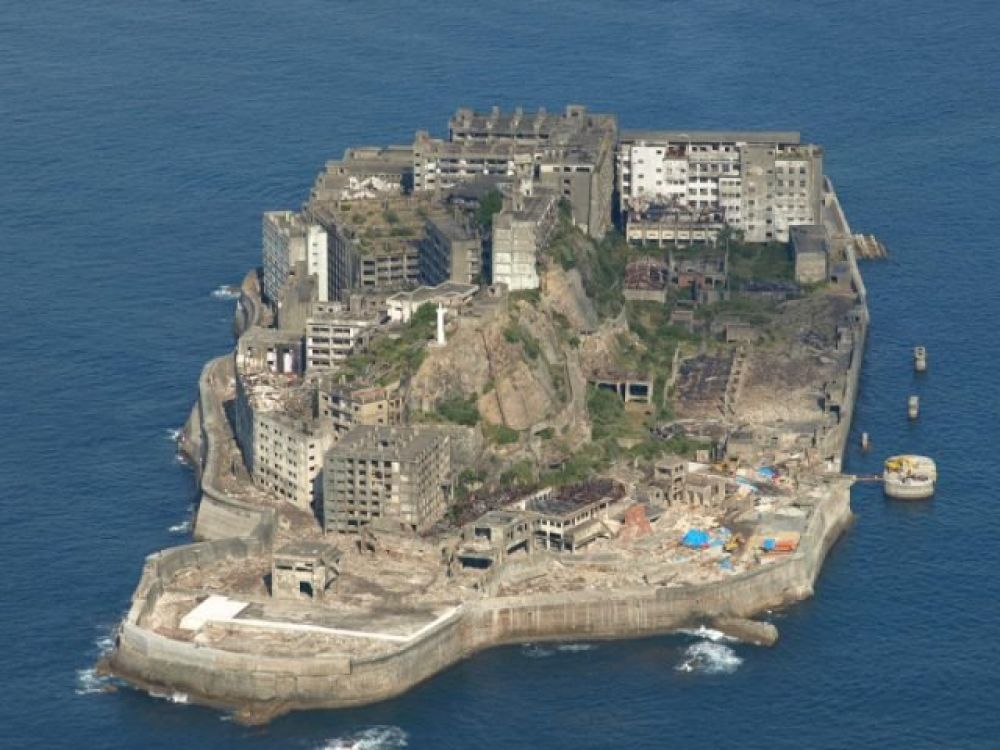

Commonly known as Gunkanjima (meaning Battleship Island), Hashima Island in Nagasaki Prefecture, Japan, is an abandoned island lying about 15 kilometers from the city of Nagasaki. Its silhouette resembling a military warship gives the island its nickname. The history of tourism in Hashima is a relatively recent chapter in the island's long and multifaceted history.
Originally a coal mining facility, Hashima Island flourished from the late 1800s to the 1970s, becoming home to thousands of workers, and was renowned for being one of the most densely populated places on earth. However, when coal mines in Japan began to decline due to the shift to petroleum, the mines on Hashwidima Island were closed in 1974, and the island was abandoned. After closure, the buildings and structures left behind fell into disrepair.
For many years, Hashima Island was off-limits to visitors due to safety concerns. The deserted island became an unexpected attraction for adventure seekers and people interested in the site's unique history. It was not until 2009 that Hashima Island was reopened to the public, quickly gaining attention from both domestic and international tourists.
In 2015, Hashima Island was designated as a UNESCO World Heritage Site as part of the "Sites of Japan’s Meiji Industrial Revolution: Iron and Steel, Shipbuilding and Coal Mining." The recognition spurred a significant increase in visitor numbers, as the site now held not only adventurous allure but also historical and cultural significance.
Tourism on Hashima Island has taken several forms, from guided tours to virtual reality experiences. Tourists can explore a designated route that brings them close to the dilapidated buildings and sea walls, giving a glimpse into the island's past.
Responsible tourism has also become a trend, where preservation of the island's structures and respect for its historical narrative are of great importance. Tour operators and visitors alike are encouraged to maintain the integrity of the location.
Pop culture has played a role in the island's fame, with Hashima featuring as a backdrop in the James Bond film "Skyfall" in 2012, which further increased the world's interest in this intriguing ghost island.
Today, the island stands as a haunting reminder of Japan’s rapid industrialization, presenting a stark contrast to the bustling metropolis of nearby Nagasaki. While access is controlled and areas open to tourists are limited due to safety concerns, Hashima Island continues to be a unique travel destination for those drawn to its enigmatic history and post-apocalyptic atmosphere.
As a part of Japan's narrative of industrial growth and eventual decline, Hashima Island now serves as an important educational and historical site. Tourism to this unique island is expected to grow, with ongoing discussions about the best ways to preserve and honor this symbol of industrial heritage.